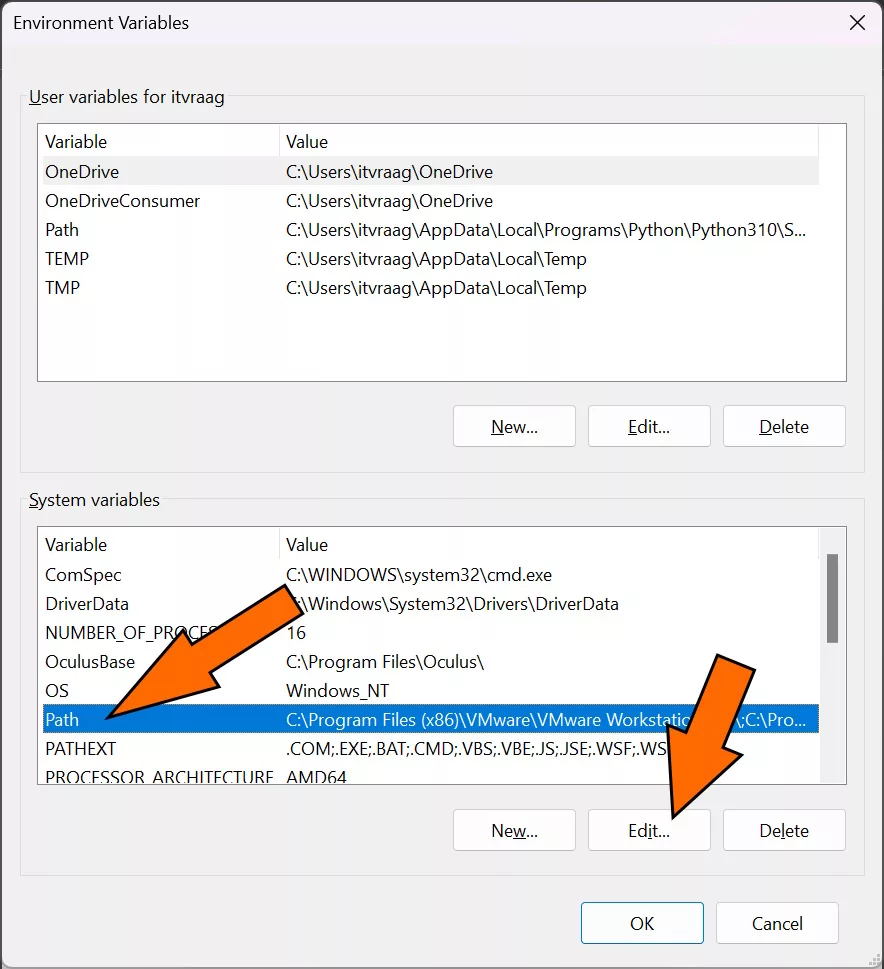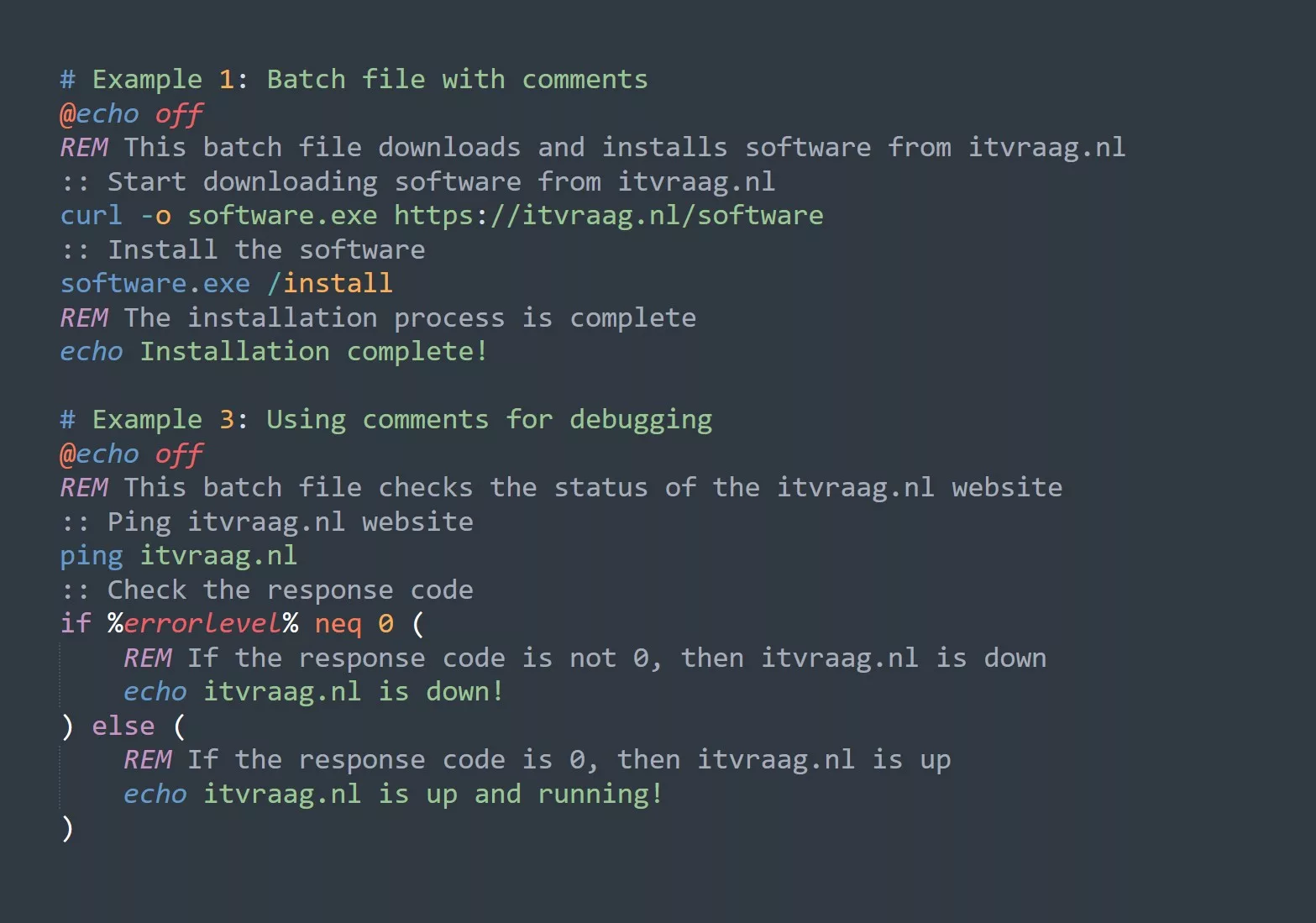NSLookup is a powerful tool for network administrators and IT professionals that helps in troubleshooting DNS-related issues. It is a command-line utility that allows you to query the DNS records of a domain or IP address and receive information about its associated domain name or IP address. In this blog, we will discuss the basics of NSLookup and its advanced features, including concrete and practical use-cases.
Basic Usage
The basic syntax of NSLookup is as follows:
nslookup [domain_name/IP_address]
where [domain_name/IP_address] is the domain name or IP address you want to look up.
Here’s an example of using NSLookup to query the IP address associated with the domain name itvraag.nl:
nslookup itvraag.nl
Tips for NSLookup
- Query Specific Record Types: You can use the
qoption to specify the type of record you want to query, such asA,MX, orNS. - Display Verbose Output: The
debugandd2options provide verbose output, including the full response from the name server and any intermediate steps taken by NSLookup. - Reverse Lookup: You can use NSLookup to perform a reverse lookup, which is finding the domain name associated with a particular IP address.
- Save Output to a File: You can save the output of NSLookup to a file by using the
>operator followed by the file name, which is called redirection.
Advanced Usage
Here’s an example of using the -q option to query the MX records for the domain itvraag.nl:
nslookup -q=mx itvraag.nl
Here’s an example of performing a reverse lookup for the IP address 8.8.8.8:
nslookup 8.8.8.8
Summary
NSLookup is a valuable tool for troubleshooting DNS-related issues and provides information about the domain name or IP address associated with a given domain name or IP address. It has several advanced features that can be useful when troubleshooting network issues, including querying specific record types, performing reverse lookups, and specifying a name server.
Challenge
Try using NSLookup to perform a reverse lookup for the IP address 8.8.8.8 and see what domain name it corresponds to.
With this knowledge of NSLookup, you’re well on your way to becoming a network troubleshooting pro. Happy NSLookup-ing!



